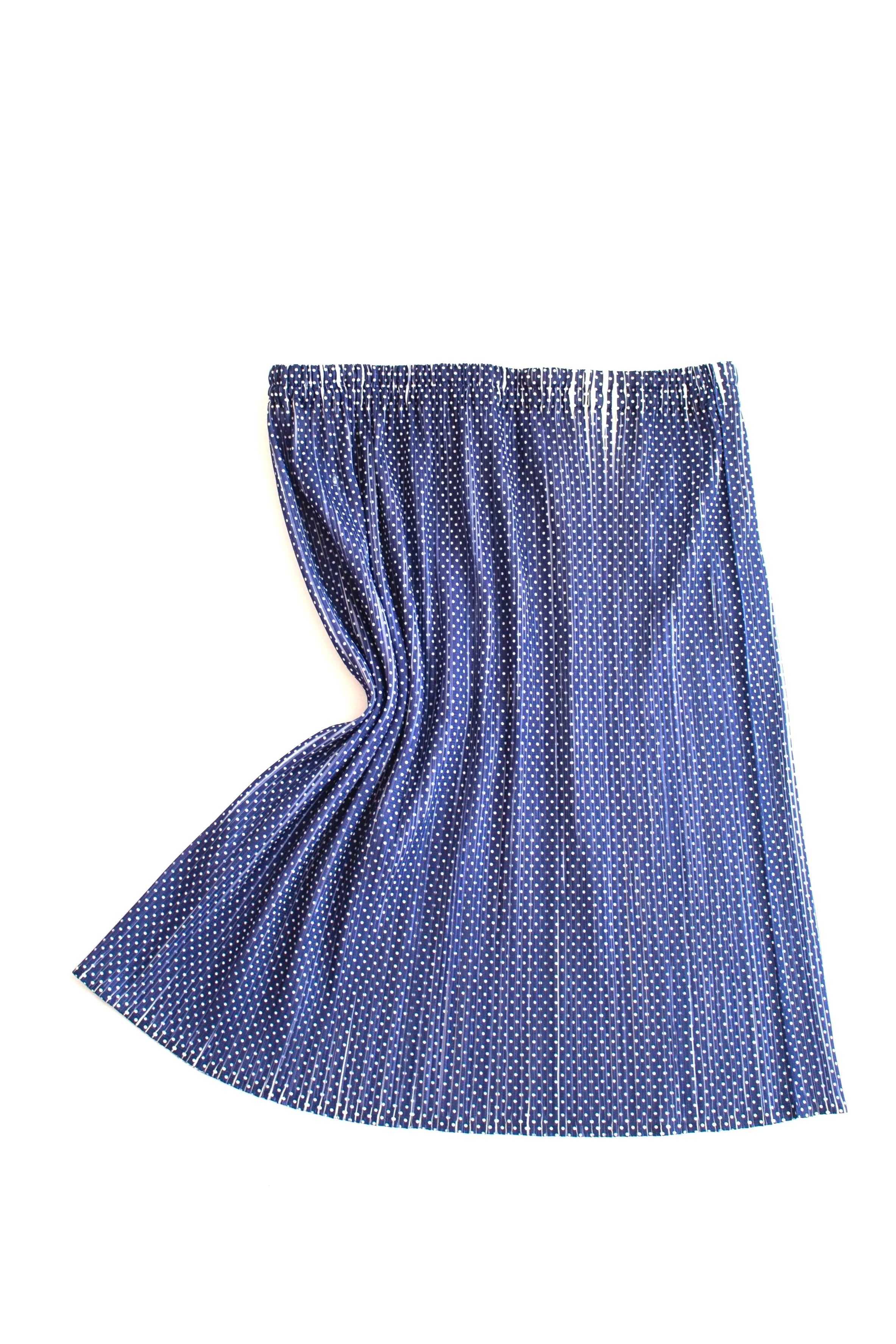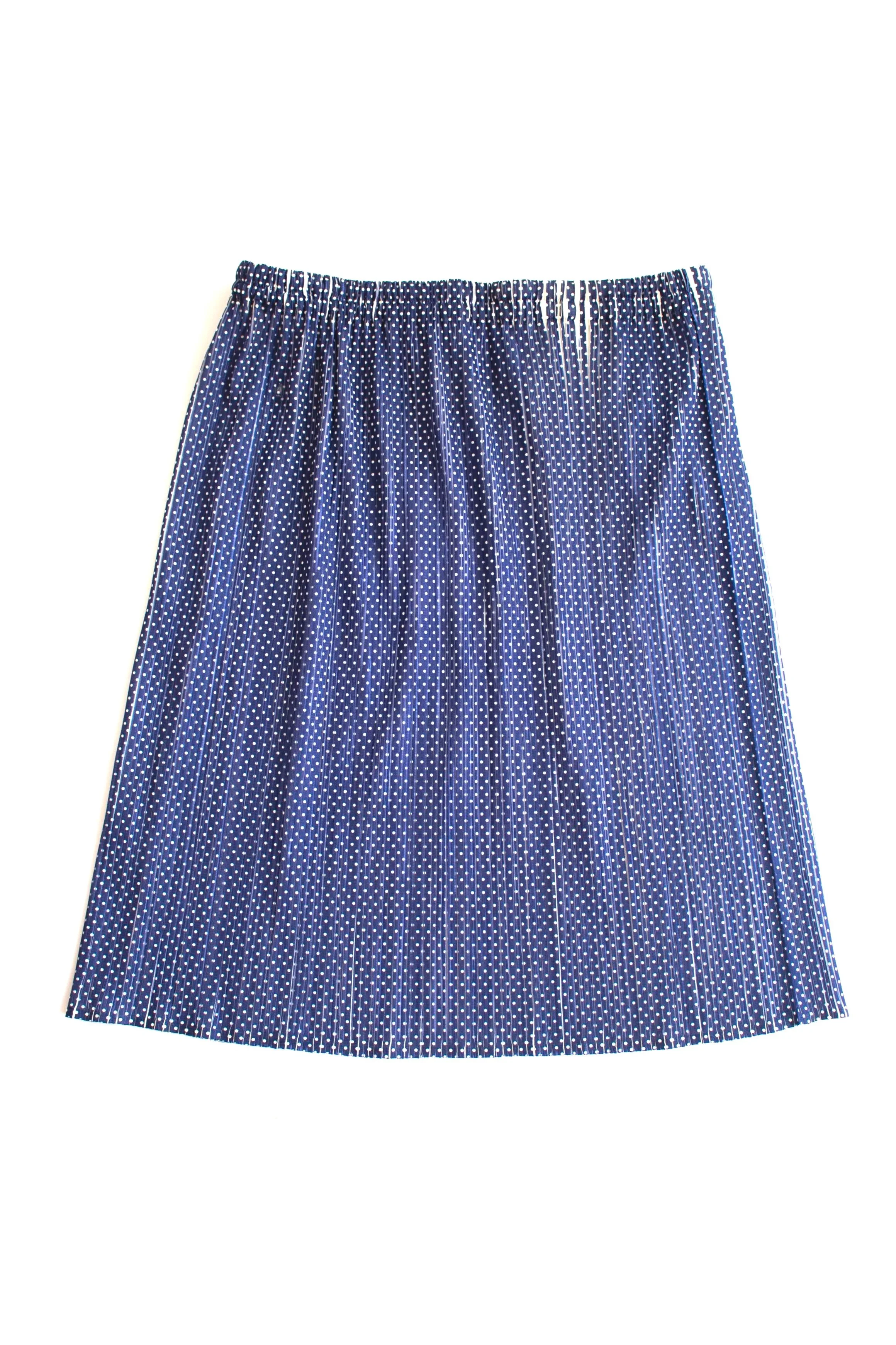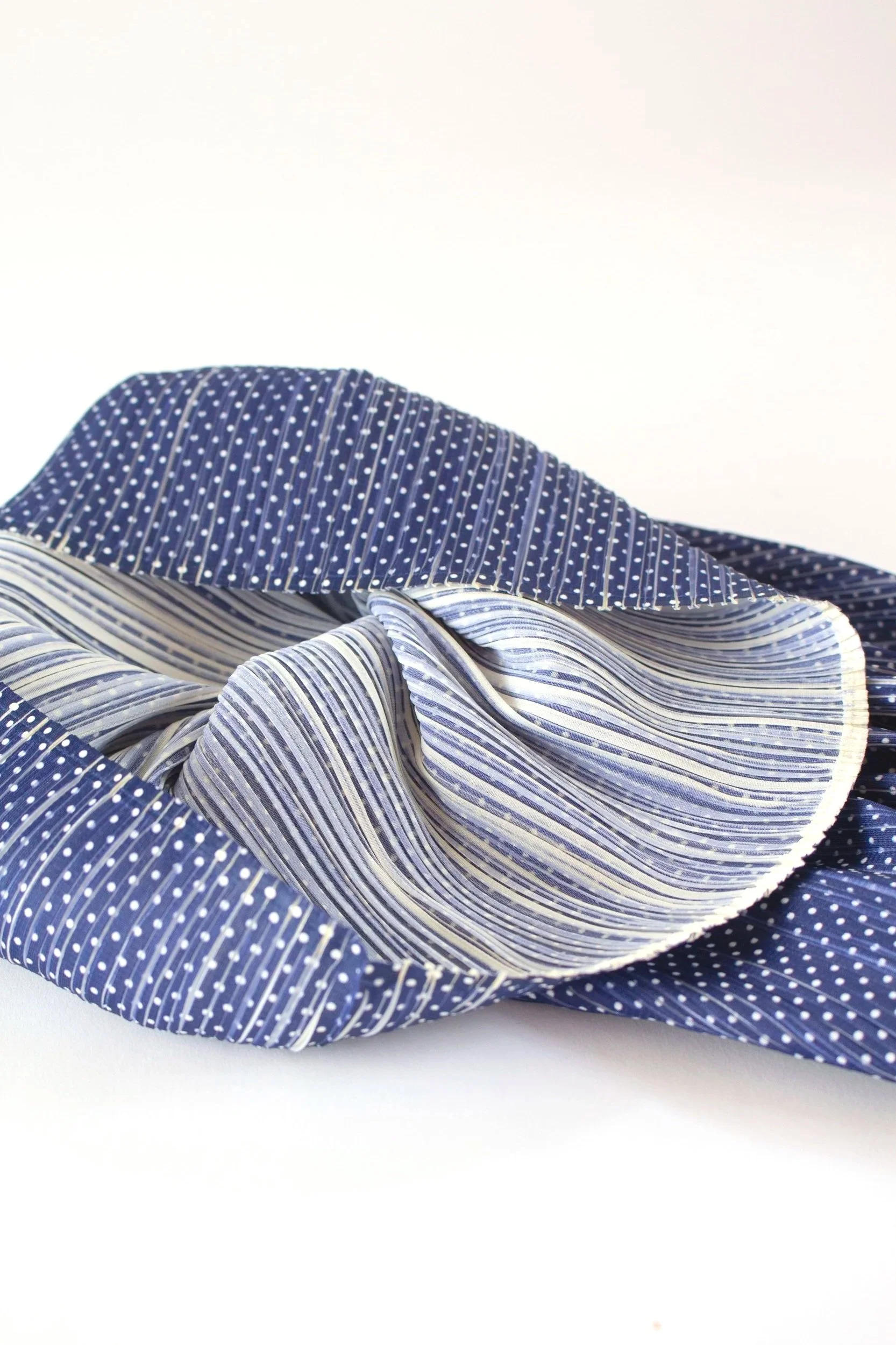Additional Information
Size & Fit
Size 3 - Fits like a 1 (Issey Miyake Sizing)
MEASUREMENTS
WAIST: 28 cm
LENGTH: 45 cm
Washing & Care
Cold Machine Wash (Use Clothing Net)
Polyester 100%
Shipping
Domestic $10
International $30
Product History
Pre-Owned
C.1994
About The Brand
Issey Miyake's first collection was launched in New York in 1971. Paris soon followed. From that time, its fundamental design philosophies have focused on the concept of “A Piece of Cloth”, breaking the boundaries between East and West and pursued “the body, the fabric covering it and a comfortable relationship between the two” as a fundamental concept. Creating clothes from original materials starting with the research of a single thread has transcended generations.








